These 13 sci-fi books actually predicted the future
Categories: Book | History | People | Science | Society | World
By Vika https://pictolic.com/article/these-13-sci-fi-books-actually-predicted-the-future.htmlDoes science fiction represent the future, or is it just inspiring future discoveries?
We have compiled a list of books that predicted the future.
13 PHOTOS

1. Jonathan Swift "Gulliver's Travels" predicted the discovery of two moons on Mars.
When Gulliver is on Laputa Island, a floating world filled with scientists, astronomers notice that Mars has two moons in its orbit. More than 150 years later, in 1877, it was discovered that Mars did indeed have two moons - Phobos and Deimos.
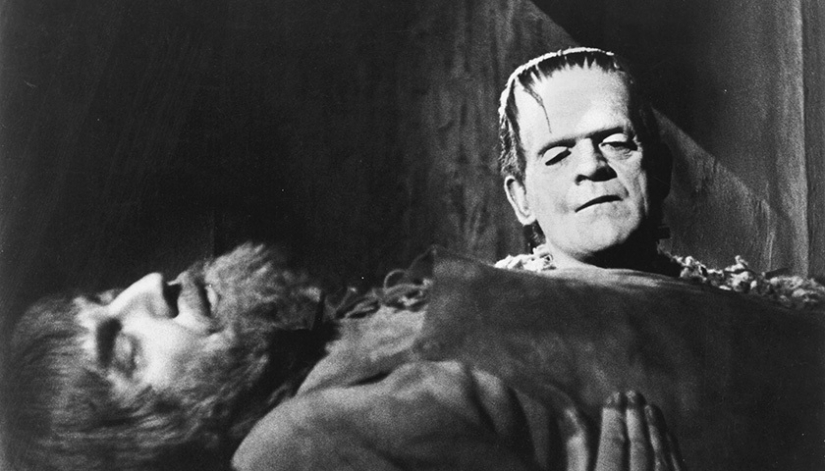
2. "Frankenstein" Mary Shelley predicted modern transplants.
And while the early methods were crude, to say the least, they paved the way for future medical breakthroughs like organ transplants that were envisioned in Shelley's novel.

3. Jules Verne "Twenty Thousand Leagues Under the Sea" predicted an electric submarine.
Published in 1870, the novel predicted electric submarines 90 years before they were officially invented.

4. Edward Bellamy "Looking Back" predicted credit cards.
63 years before credit cards were invented, Bellamy had a similar idea in his 1800 utopian fiction novel.
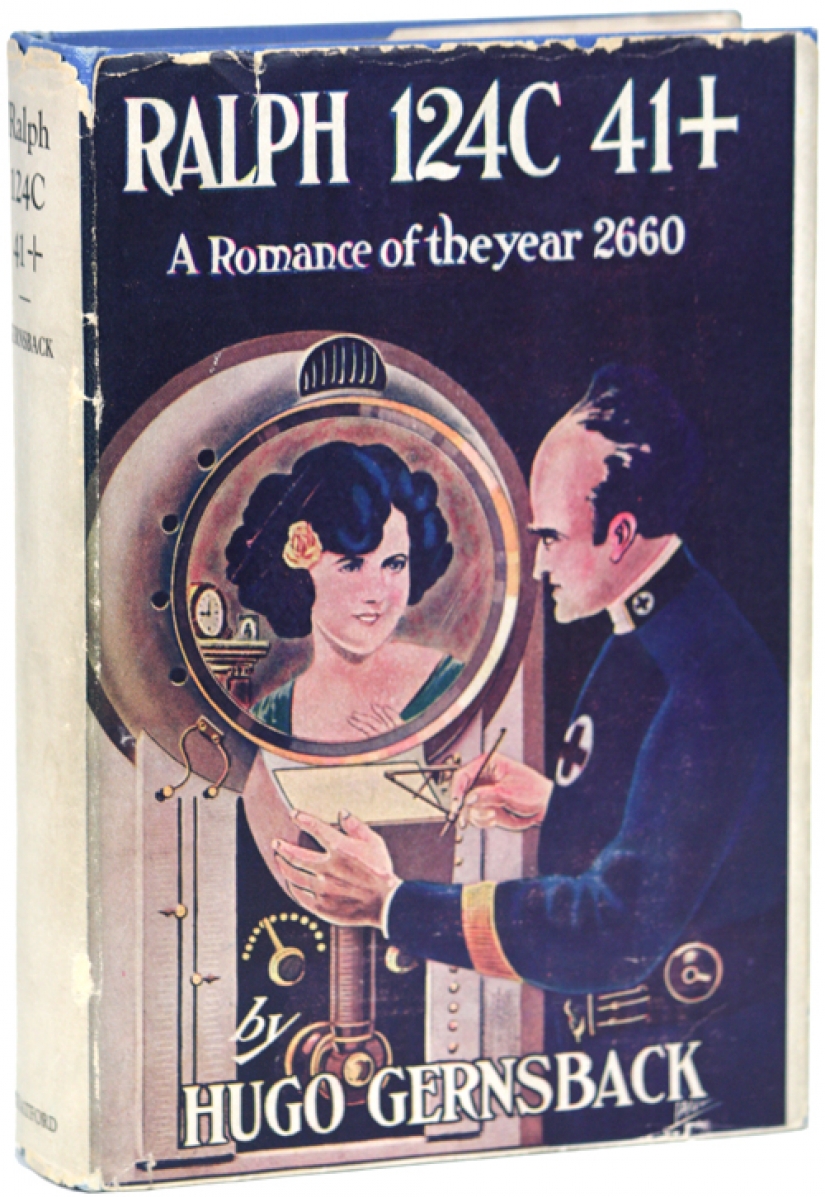
5. "Ralph 124C 41+" by Hugo Gernsback predicted solar energy.
While this story is not as exciting as modern science fiction books due to its weaker plot and romantic history, it predicted solar energy, televisions, tape recorders, movies with sound, and space travel.

6. HG Wells "World Set Free" predicted the atomic bomb.
Although the atomic bomb in Wells' universe was a uranium hand grenade - unlike a conventional bomb - the science behind the idea was still about three decades late.

7. Brave New World by Aldous Huxley predicted mood-boosting pills.
In his 1931 book, Huxley foresaw the use of mood-enhancing pills and reproductive technologies, as well as the problems of overpopulation.
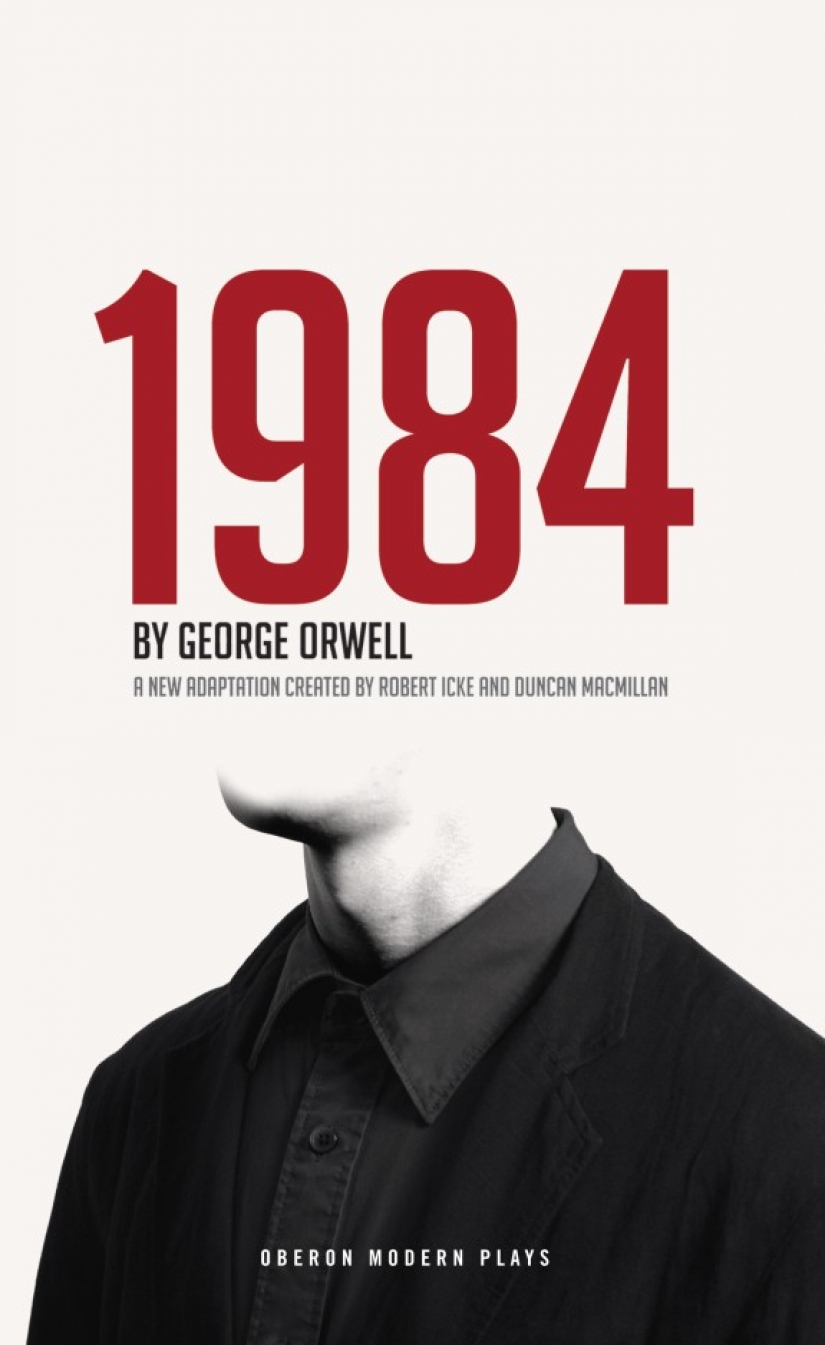
8. George Orwell's "1984" predicted "Big Brother" and mass surveillance.
Written about the world of dystopia nearly 40 years after World War II, the book focuses on topics such as censorship, propaganda, and oppressive government in a futuristic society. Orwell also predicted mass surveillance and police helicopters.

9. Ray Bradbury, "Fahrenheit 451" predicted headphones.
His dystopian world foretold flat-screen televisions, as well as shells and thimbles, which were portable audio devices.
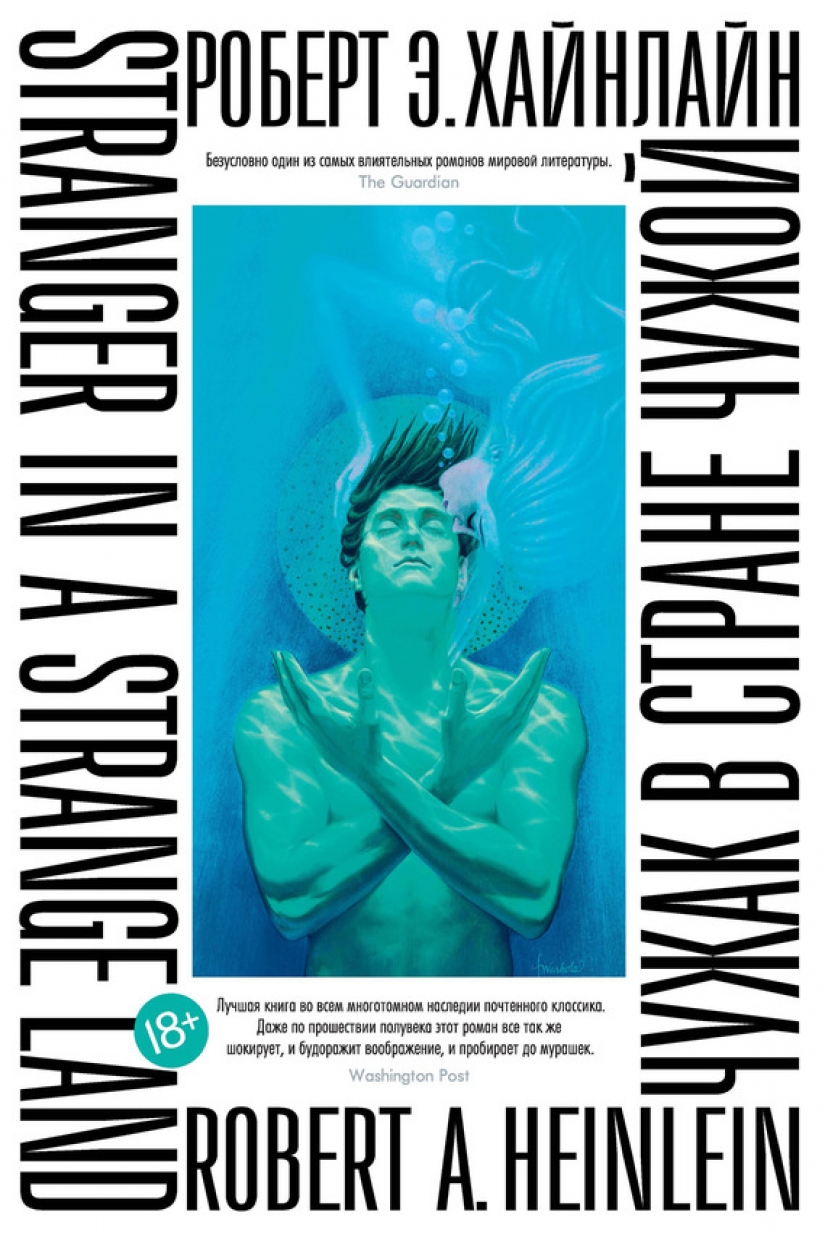
10. "Stranger in a Strange Land" by Robert Heinlein predicted a water bed.
In addition to discussing futuristic topics such as intergalactic politics, Stranger in a Strange Land also predicted waterbeds ten years before they were invented.
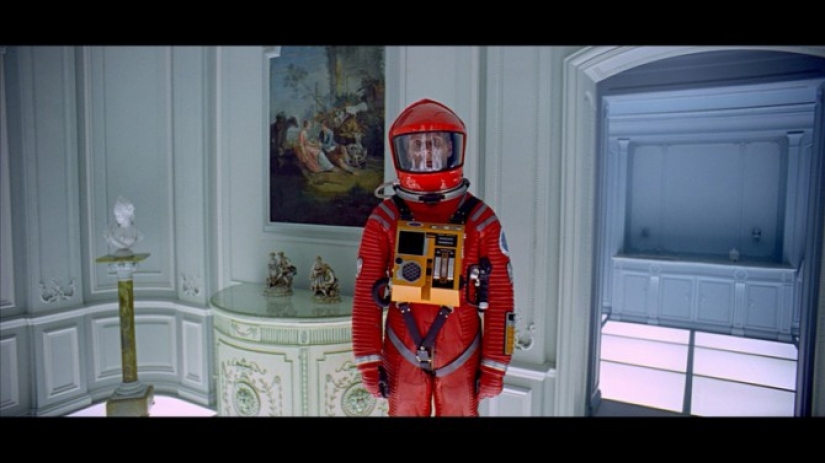
11. Arthur C. Clarke's 2001 Space Odyssey predicted the iPad.
The most accurate prediction in the book was electronic newspapers or notebooks that people read and were described very much like iPads.
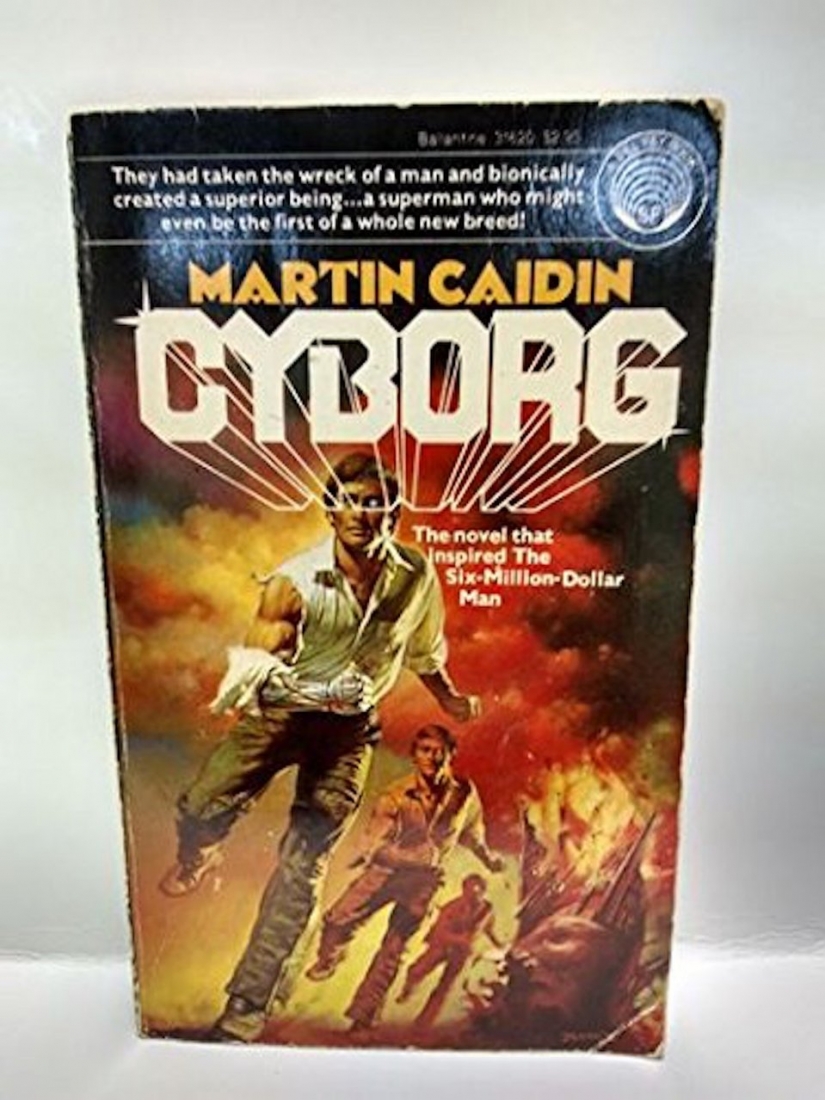
12. "Cyborg" Martin Kaidin predicted the first bionic limb.
The book predicted the first bionic leg transplant 41 years ahead of reality.
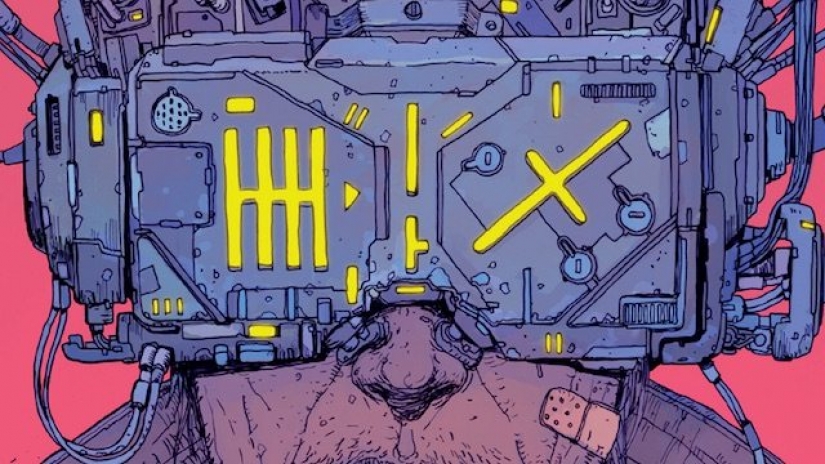
13. William Gibson "Neuromancer" predicted cyberspace and computer hackers.
Neuromancer was not only the first novel to win the triple crown of sci-fi awards (Hugo Prize, Nebula Prize, and Philip Dick Prize) and inspired the Matrix film series, but it also predicted our future cyberspace and computer hackers. ...
Keywords: Science | Books | Future | Book readers | Discovering world | Technology | Science fiction | Lifestyle
Post News ArticleRecent articles

Photographer Dylan Hamm has been wondering for a long time how many microexpressions our face takes that we don't even know about. ...

New Jersey photographer Robin Schwartz photographed her adorable daughter Amelia with a variety of animals from 2002 to 2015. The ...
Related articles

The question of what space smells like may not be considered topical, but, you must agree, it would be interesting to find out. It ...

One night in 1971, in the American city of Cleveland, Ohio, a historic event occurred. Lying on the surgical table, the small, ...

During the pandemic, people are wary of kissing and hugging, but no one forbade expressing their love in the family circle. ...

For an art project called Metamorphosis, body painters Léonie Gené and Jörg Düsterwald collaborated with photographers Laila ...